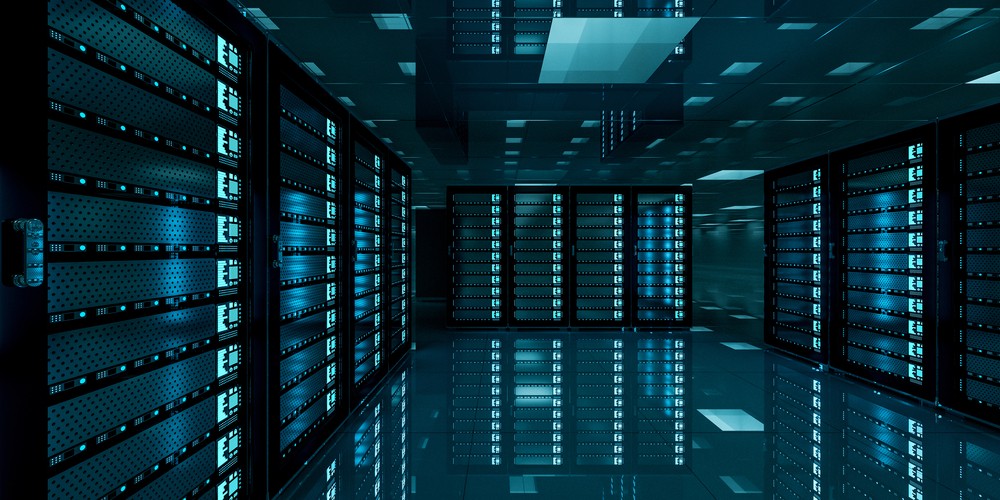The pressure is being felt too. In fact, in a recent independent report, commissioned by Future Facilities, it was found that over three quarters (77%) of decision-makers are feeling the strain of a consistent increase in demand. This increase in data center density and workloads, naturally results in more power being needed, which in turn generates more waste heat. Consequently, areas such as cooling and power are now monitored more than ever before to ensure downtimes are avoided.
Juggling the need to avoid downtime and prevent costs from dramatically increasing has seen data center operators and business decision-makers search for solutions that can help. While adding in extra cooling or power can often feel like the answer, these are expensive solutions that overlook the true state of the data center.
Increase capacity, and capital expenditure
This is a worry for both the operations and business teams. As found in the research, the average cost of downtime is £122,000. That’s a large sum of money, and can quickly multiply if a business suffers multiple outages across a year. This figure doesn’t even begin to cover the loss of loyal customers and damaged reputations. It’s no wonder then that businesses are so keen to avoid outages. We need to find solutions that lower the risk of downtime, but also operations terms to increase the capacity of the data centre; and all in a way that is both cost-effective and quick to deploy.
So how are businesses currently coping? Well, as found in the research the three main areas that businesses focus on are power, cooling and networking solutions. In fact, 45% of all businesses admitted they are focused on investing in these specific areas in order to increase capacity while maintaining or decreasing the risk of an outage. The result is though, that with all the extra cooling and power installed businesses are operating their data center far below its optimised level. The net result is that data center capacity is being left on the table, at exactly the time when it is most valuable. In fact, as an industry average, businesses are over-provisioning to the tune of 36%! This is not just wasting power and capacity but also hitting the bottom line of businesses too.
Digital twin on the rise
With a lack of knowledge on how data centers are performing, businesses are blind to simple, cost-effective alternatives. A key solution to this challenge is to effectively utilise any stranded capacity without having to spend on additional infrastructure. Enter the digital twin. A Digital Twin is a 3-dimensional physics based computer model that replicates the precise behavior and performance of the real data center. The Digital Twin can be used to predict the response of the real data center to any change, but in a risk free virtual environment. By quickly trying out different setups and layouts, businesses can make small adjustments that have a huge impact on the thermal efficiency of a data center. Once a setup has been found that achieves the desired results, it can then be implemented in the physical data center itself, all safe in the knowledge that it has already been rigorously tested. This process saves money both in designing and operating a data center.
As well as helping to reclaim stranded capacity, digital twins have also proven very effective in reducing downtimes. In fact, the research found that three times as many businesses that have used a digital twin did not see an outage in a 12 month period, than those that did not have a digital twin. With its ability to save time and reduce outages, it is no surprise that over two thirds (67%) of businesses expect to have a digital twin in place within the next 12 months.
Demand for data center infrastructure is not going to slow down or go away. The growth of over-the-top (OTT) services like Disney Plus, as well as increased AI applications, means that data center capacity and density is going to be pushed to even greater limits. However, the good news is that there is a proven solution that is ready to help. Already delivering benefits for data center businesses, the digital twin has become a key tool across the industry in 2020.





